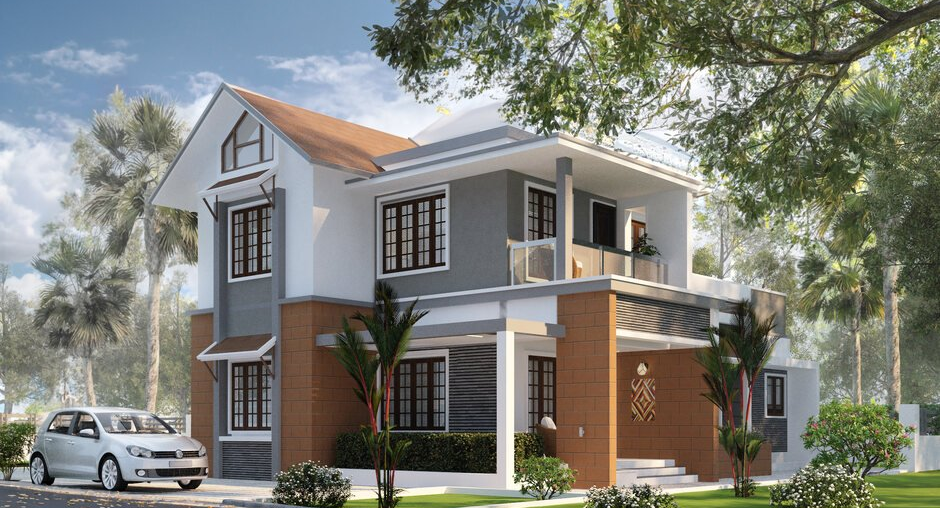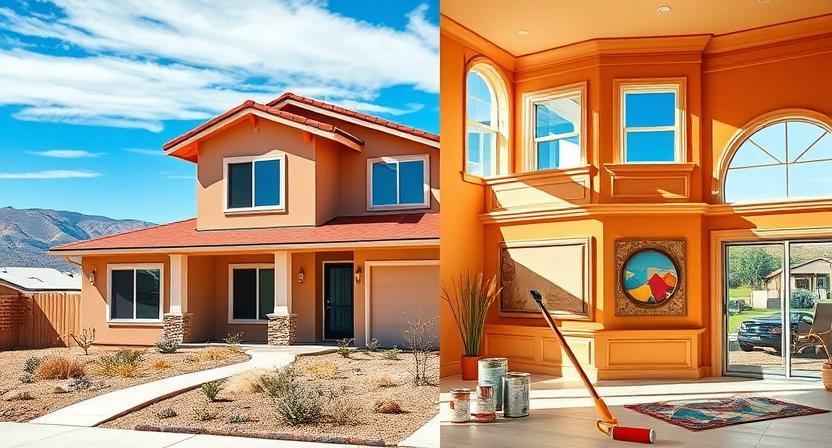A home is more than just a structure—it’s a personal sanctuary, a reflection of individuality, and a space that nurtures memories. Yet, many homeowners struggle with uninspired layouts, inefficient designs, and homes that don’t truly serve their lifestyle needs. This is where residential architects in Sydney come into play, bridging the gap between dreams and reality.
Good residential architecture is not just about aesthetics; it’s about crafting spaces that function seamlessly while enhancing the quality of life. Without thoughtful design, homeowners may face issues such as poor natural lighting, lack of ventilation, awkward layouts, and inefficient use of space. These problems, though common, have real consequences—affecting mood, energy efficiency, and even property value.
What Is Residential Architecture?
Residential architecture is the art and science of designing homes that are both functional and aesthetically pleasing. Unlike commercial architecture, which focuses on large-scale buildings with a business purpose, residential architecture is deeply personal. It considers human needs, emotional well-being, and the intricate ways people interact with their living spaces.
From single-family homes to multi-storey apartments, residential architecture varies widely. It incorporates design principles that balance form, function, and sustainability. Key elements include:
- Spatial Planning: Maximising available space for comfort and utility.
- Natural Light and Ventilation: Enhancing well-being through daylight optimisation and airflow.
- Material Selection: Choosing durable, eco-friendly materials that suit the environment.
- Aesthetic Harmony: Aligning architectural style with personal taste and surroundings.
Modern residential architecture integrates technology, sustainability, and innovative design solutions to create homes that are energy-efficient, comfortable, and future-proof.
How Residential Architects Transform Homes
A skilled residential architect is not just a designer but a problem-solver. They identify challenges and tailor solutions to ensure a home is both practical and visually stunning. But how do they achieve this?
- Understanding the Client’s Vision
The design process starts with understanding the homeowner’s needs, lifestyle, and long-term goals. Do they need open-plan living? More natural light? A seamless indoor-outdoor connection? Architects conduct detailed consultations to translate vague ideas into tangible plans.
- Site Analysis and Planning
Every plot of land has its unique characteristics—topography, climate, orientation, and local regulations. Architects conduct a thorough site analysis to ensure designs maximise views, natural ventilation, and solar efficiency while complying with building codes.
- Creating Functional and Aesthetic Designs
One of the biggest frustrations homeowners face is inefficient space utilisation. Architects solve this by designing intelligent layouts that optimise flow, enhance usability, and cater to the homeowner’s lifestyle. This could mean reconfiguring room placements, integrating storage solutions, or designing multi-functional spaces.
- Incorporating Sustainability
With energy costs rising and climate concerns growing, sustainable design is no longer optional—it’s essential. Architects implement eco-friendly solutions like passive cooling, solar panels, rainwater harvesting, and energy-efficient insulation to reduce the home’s environmental footprint while cutting long-term costs.
- Material and Technology Selection
Material choice influences durability, comfort, and aesthetics. Modern architects use materials that are not only visually appealing but also sustainable and cost-effective. Technological advancements like smart home automation, thermal glazing, and modular construction further elevate residential designs.
- Navigating Council Approvals and Construction
The journey from concept to completion involves approvals, permits, and coordination with builders. Architects handle this complexity, ensuring designs comply with local laws and construction progresses smoothly without costly delays.
The Future of Residential Architecture
The landscape of residential architecture is evolving rapidly. Trends such as biophilic design (integrating nature into homes), adaptable housing (spaces that evolve with changing needs), and minimalism are shaping the way architects approach modern homes. Sustainability remains a driving force, with more homes embracing net-zero energy principles and self-sufficient living solutions.
The Sydney Perspective
In Sydney, where architectural diversity meets urban challenges, residential architects are redefining how homes function. With a blend of contemporary and heritage influences, Sydney’s architectural scene reflects a balance of innovation and tradition. The demand for sustainable, space-efficient homes is higher than ever, pushing architects to craft solutions that are both aesthetically striking and environmentally responsible.
Resolving Common Home Design Struggles
Many homeowners battle with homes that feel restrictive, outdated, or disconnected from their lifestyles. Investing in professional architectural services resolves these pain points by:
- Enhancing Liveability: Thoughtful layouts improve daily life by ensuring spaces flow logically and serve practical purposes.
- Increasing Property Value: Architecturally designed homes often command higher market values and attract discerning buyers.
- Improving Energy Efficiency: Sustainable design choices lower utility bills and create healthier living environments.
- Personalisation: Unlike cookie-cutter developments, custom residential architecture ensures that a home is uniquely tailored to its occupants.
Conclusion
Residential architecture is not just about designing houses—it’s about creating homes that enhance lives. From improving functionality to integrating sustainability, residential architects in Sydney play a crucial role in shaping the future of living spaces. Whether building from scratch or renovating an existing home, working with an architect ensures that every aspect of the design is intentional, efficient, and inspiring. A well-designed home is more than just a shelter; it’s a space that nurtures well-being, fosters creativity, and adapts to the needs of its inhabitants. Investing in quality architecture today means securing a home that will stand the test of time—both in function and style.


